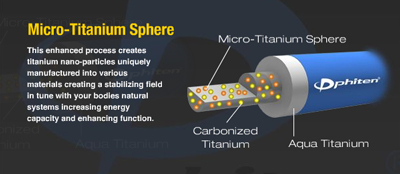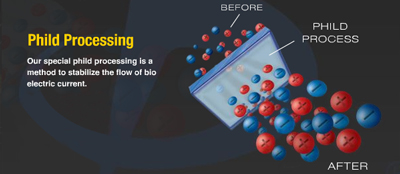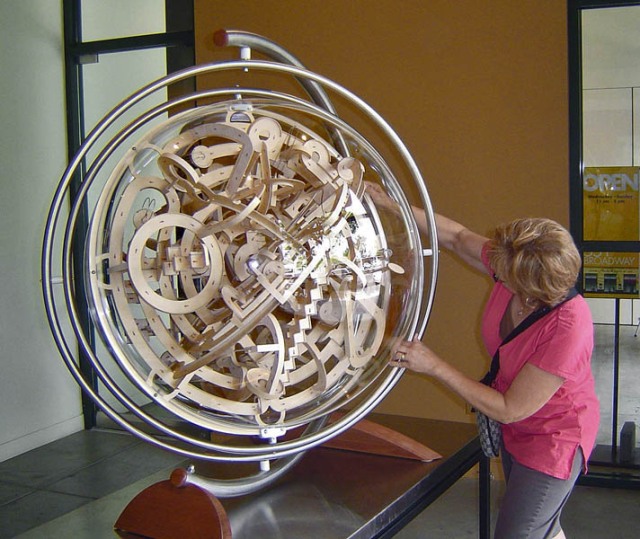America, a great nation built upon the capitalistic mentality that happiness comes from ownership. With this great idea, comes a burden of great responsibility to the consumer. Anything and everything will be placed in front of us, with outlandish claims designed to influence our thoughts of comfort and happiness. These claims will be so convincing, that millions will flock to buy.
Sound familiar? Well to me, I had a vision of an old time salesman selling “miracle cream” on a soap box in front of a small crowd.
Luckily, while we learn about how to be consumers at a young age, we also learn the saying, “If something sounds too good to be true, it is.”
Enter- Phiten Inc.
Phiten is a company that sells Titanium Infused items, such as bracelets, necklaces, fabrics, etc. with lofty claims attached.
Phiten says the claims are legitimate. It has developed something called the “high-intensity Phild Process,” which creates “minuscule beads of titanium” that are embedded into its products. This material now possesses the ability, it says, to “stabilize energy, permitting a greater flow of energy with less waste.”
Athletes looking for any kind of advantage are flocking to these necklaces in droves. The illustrations below show what the necklace supposedly does for you:



This, ladies and gentleman, is what we call Pseudo-Science.
A belief or process which masquerades as science in an attempt to claim a legitimacy which it would not otherwise be able to achieve on its own terms.
The most important of its defects is usually the lack of the carefully controlled and thoughtfully interpreted experiments which provide the foundation of the natural sciences and which contribute to their advancement.
Of course, the pursuit of scientific knowledge usually involves elements of intuition and guesswork; experiments do not always test a theory adequately, and experimental results can be incorrectly interpreted or even wrong. In legitimate science, however, these problems tend to be self-correcting, if not by the original researchers themselves, then through the critical scrutiny of the greater scientific community. Critical thinking is an essential element of science.
One thing that I can assure you is that titanium (Ti), itself is not water soluble, it needs an ionic bond like fluoride (TiF) to become soluble. Although there are many uses for Ti, the two most common is it’s amazing strength to weight ratio (very tough and very light), and it’s corrosion resistance. Corrosion resistance is essentially how well it holds up to heat and water. Since it isn’t water soluble, Ti holds up very well.
So after that little chemistry lesson, I am trying to figure out how this necklace gives extra energy to its user (which has not been proven to the FDA). Essentially, they are saying that air comes into contact with the fabric, is ionized (separated into nitrogen and oxygen ions) through a Ti filter and your body uses those ions to gain energy.
At least Phiten products seem a surefire testament to one thing: the placebo effect. Former NFL quarterback Damon Huard said a couple years back that “If I’m not wearing my necklaces to bed I’m a little stiffer. I think there is something to it.” And that’s just it: as long as you think a necklace is boosting your energy, you may feel a little more energetic. Any energy gotten while wearing it is all concocted in your mind. Although the products are neat looking, to say they do what they do is preposterous.
John Green, a professor of sports medicine at the University of Washington, told a Seattle newspaper: “I know of absolutely no scientific evidence to implicate titanium to improving performance.” Other doctors have noted that while the body does produce electrical fields, there’s zero evidence they can be influenced by titanium, and no evidence that they could be manipulated into decreasing fatigue levels.
Though Phiten alludes to its scientists on its website, there is nothing in the way of published research to back up its claims, and it hasn’t sought regulatory approval to be treated as a medical product. Have a look at how players actually wear these necklaces: loosely, usually with a t-shirt and jersey underneath. It seems a rather shoddy route of transmission.
In order to prove me wrong they would have to stake their claims to the FDA, knowing those claims to be false, they instead, market it as essentially a novelty item.
Phiten says its products are more than a placebo, though you’ll have to trust them on the science. No wonder, then, that a section of its site warns against buying fake Phitens. It would be a shame if someone just whipped up a bunch of plastic necklaces and then claimed that they could regulate the body’s energy, wouldn’t it?
Unfortunately this goes on way too much in our society and it’s the uneducated that get hurt. So I implore you to think before you reach for the miracle pill/necklace. If it hasn’t been approved by the FDA, then it’s probably too good to be true.
Sorry Phiten.





